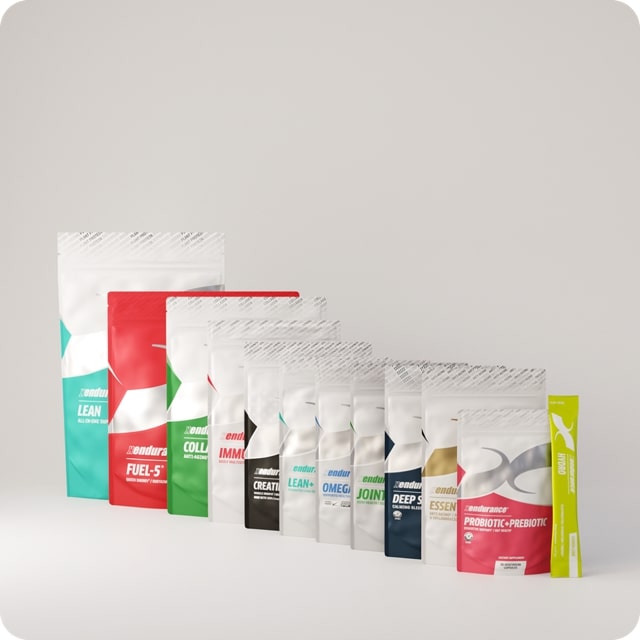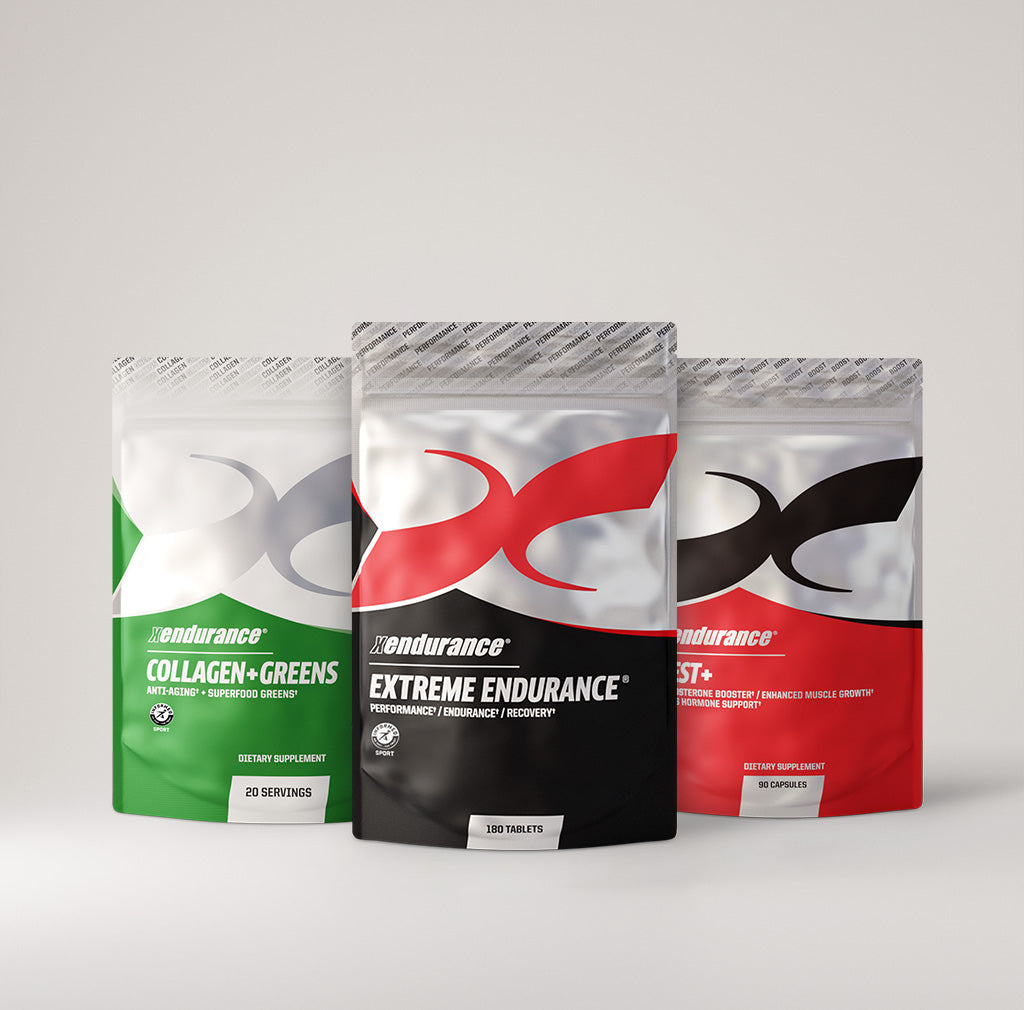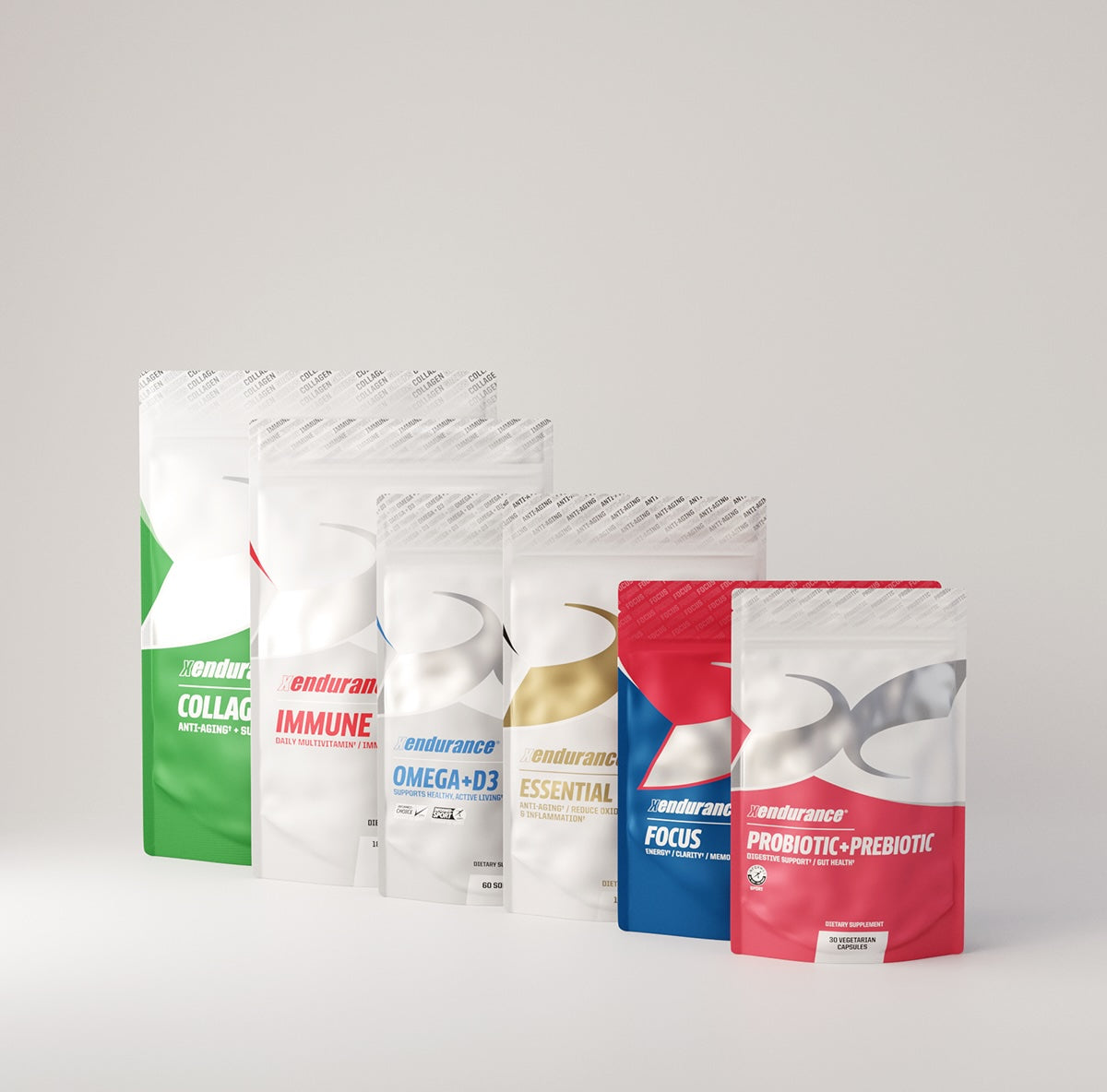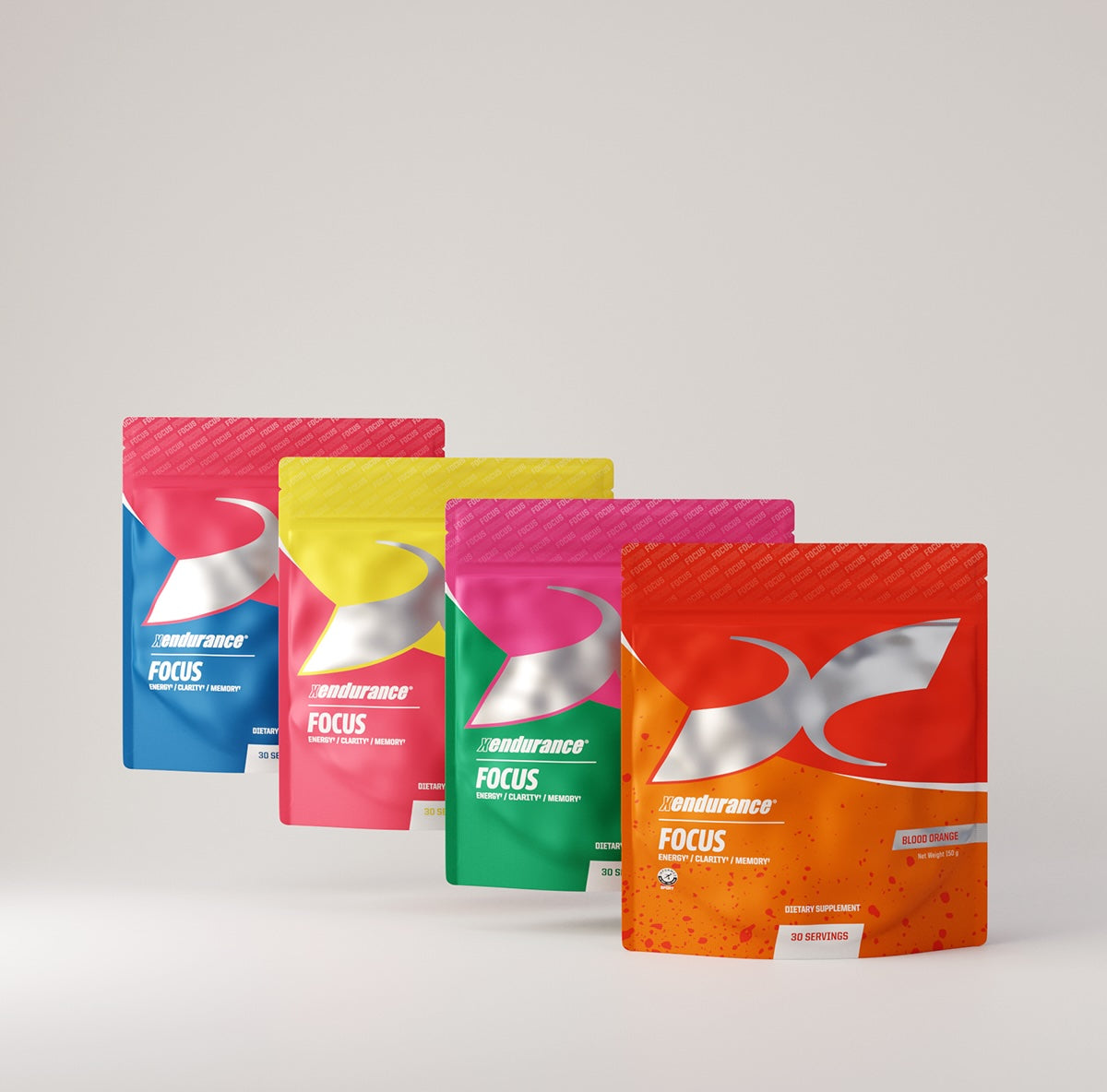Muscle recovery is a critical component of any fitness regimen, whether you're a seasoned athlete or a weekend warrior. Proper recovery not only helps you feel better but also enhances performance, reduces the risk of injury, and supports long-term progress. Delayed recovery can lead to soreness, fatigue, and diminished results, which is why adopting effective strategies is essential.
There are several ways to speed up muscle recovery, such as eating right, hydrating, warming up, cooling down, getting a rubdown, using topical solutions, rolling it out, keeping moving, and supplementation. Many of these practical solutions can help ensure you optimize your recovery and get back to crushing your workouts. And who doesn’t want that?
1. Eat Right: Fueling Recovery with Proper Nutrition
Nutrition is the cornerstone of muscle recovery. After a workout, your muscles are like sponges, ready to absorb nutrients to repair and rebuild. The three macronutrients—protein, carbohydrates, and healthy fats—play distinct roles in this process.
- Protein: Intense exercise causes microtears in muscle fibers, and protein provides the amino acids needed to repair and strengthen them. Consuming 20-40 grams of high-quality protein (like whey, chicken, or plant-based options) within 30-60 minutes post-workout maximizes muscle protein synthesis. Studies show this timing, often called the "anabolic window," can enhance recovery, though the window may extend longer for whole foods.
- Carbohydrates: Carbs replenish glycogen stores, the primary energy source depleted during exercise. Low glycogen levels can lead to fatigue and poor performance in subsequent workouts. Aim for 0.5-1 gram of carbs per kilogram of body weight post-workout (e.g., 40-80g for an 80kg person). Options like sweet potatoes, rice, or fruits are ideal.
-
Healthy Fats: Fats, particularly omega-3s found in fish, nuts, and avocados, reduce inflammation and lubricate joints, aiding mobility and recovery. While fats don’t need to be consumed immediately post-workout, including them in your daily diet supports overall recovery.
Why It’s Important: Without adequate nutrition, your body lacks the building blocks to repair muscle damage and restore energy, leading to prolonged soreness and reduced performance. A balanced post-workout meal or shake ensures your muscles recover faster and are primed for your next session.
2. Hydrate: The Power of Water in Recovery
Hydration is often overlooked but is vital for muscle recovery. During exercise, you lose water and electrolytes through sweat, which can impair muscle function and delay repair if not replenished.
- How It Works: Water facilitates nutrient transport to muscles, supports metabolic processes, and helps flush out waste products like lactic acid. Dehydration can increase muscle soreness and cramping, as it reduces blood flow and oxygen delivery to tissues.
-
How Much to Drink: A general guideline is to drink 16-20 ounces of water for every pound lost during exercise. For most, aiming for 2-3 liters daily, plus additional fluids during and after workouts, is sufficient. Adding electrolytes (sodium, potassium, magnesium) via sports drinks such as Xendurance’s Hydro or natural sources like coconut water can enhance hydration, especially after intense or prolonged sessions.
Why It’s Important: Even mild dehydration (1-2% body weight loss) can impair recovery by reducing muscle repair efficiency and increasing soreness. Staying hydrated keeps your muscles functioning optimally and speeds up the recovery process.
3. Warm Up: Preparing Your Body for Optimal Performance
A proper warm-up sets the stage for both performance and recovery. Warming up increases blood flow, raises muscle temperature, and prepares your body for the demands of exercise.
- What to Do: Spend 5-10 minutes on dynamic movements like leg swings, arm circles, or light cardio (e.g., jogging or cycling). Incorporate mobility drills targeting the muscles you’ll use, such as lunges for a leg workout. This enhances joint lubrication and muscle elasticity.
-
Benefits for Recovery: A good warm-up reduces the risk of injury and excessive muscle strain, which can prolong recovery time. It also primes your nervous system, allowing for better muscle activation and less compensatory stress on smaller muscle groups.
Why It’s Important: Skipping a warm-up can lead to stiffer muscles and micro-injuries, slowing recovery. A few minutes of preparation ensures your muscles are ready to perform and recover efficiently.
4. Cool Down: Easing Your Body Back to Rest
Cooling down after a workout helps your body transition from high intensity to a resting state, aiding recovery.
- What to Do: Spend 5-10 minutes on low-intensity activity like walking or light cycling, followed by static stretches targeting major muscle groups (e.g., hamstrings, quads, shoulders). Hold each stretch for 15-30 seconds without bouncing.
-
How It Helps: Cooling down gradually lowers your heart rate and prevents blood pooling in muscles, which can cause stiffness. Stretching improves flexibility and reduces muscle tension, alleviating post-workout soreness.
Why It’s Important: A proper cool-down minimizes delayed onset muscle soreness (DOMS) by promoting circulation and reducing muscle tightness. It’s a simple step that significantly enhances recovery.
5. Get a Rubdown: The Benefits of Massage
Massage therapy, whether professional or self-administered, is a powerful tool for speeding up muscle recovery.
- How It Works: Massage increases blood flow, delivering oxygen and nutrients to muscles while removing waste products. It also reduces muscle tension and breaks up adhesions (knots) that cause discomfort.
- Options: A 30-60 minute professional massage every 1-2 weeks can work wonders, but self-massage with tools like a massage gun or lacrosse ball is also effective. Focus on sore areas for 1-2 minutes per muscle group.
-
Evidence: Studies show massage can reduce DOMS by up to 30% and improve muscle function post-exercise. It also lowers cortisol (stress hormone) levels, promoting relaxation.
Why It’s Important: Massage accelerates recovery by enhancing circulation and reducing muscle stiffness, allowing you to train harder and more frequently.
6. Consider Topical Solutions: Creams and Gels for Relief
Topical solutions like menthol-based creams, CBD balms, or arnica gels can provide localized relief and support recovery.
- How They Work: Menthol creates a cooling sensation that distracts from pain, while ingredients like arnica or CBD may reduce inflammation and promote healing. Apply to sore areas 1-2 times daily, following product instructions.
-
Limitations: While topical solutions offer temporary relief, they’re not a cure-all. They work best when combined with other recovery strategies like nutrition and hydration.
Why It’s Important: These products can alleviate discomfort and improve mobility, making it easier to stay active during recovery. They’re a convenient, non-invasive option for managing soreness.
7. Roll It Out: Foam Rolling for Muscle Release
Foam rolling, or self-myofascial release, is a popular technique for relieving muscle tightness and speeding recovery.
- How to Do It: Use a foam roller or massage stick on major muscle groups (e.g., quads, glutes, calves) for 5-10 minutes post-workout or on rest days. Apply moderate pressure and roll slowly, pausing on tender spots for 20-30 seconds.
-
Benefits: Foam rolling breaks up fascial adhesions, improves blood flow, and reduces muscle stiffness. Research suggests it can decrease DOMS and enhance range of motion, aiding recovery.
Why It’s Important: Regular foam rolling keeps muscles supple and reduces the risk of injury, ensuring faster recovery and better performance over time.
8. Keep Moving: Active Recovery for Better Results
While rest is crucial, staying completely sedentary can slow recovery. Active recovery involves low-intensity movement to stimulate blood flow without taxing your muscles.
- What to Do: On rest days, try activities like walking, yoga, swimming, or light cycling for 20-30 minutes. These keep muscles loose and promote nutrient delivery without causing additional strain.
-
Why It Works: Active recovery increases circulation, which helps clear metabolic waste and deliver oxygen to muscles. It also reduces stiffness and maintains mobility.
Why It’s Important: Light movement prevents muscles from seizing up and accelerates the repair process, allowing you to return to intense training sooner.
What Supplement Is Proven To Work for Faster Muscle Recovery?
Extreme Endurance by Xendurance is a standout supplement for accelerating muscle recovery, backed by over a decade of clinical research, including two gold-standard, double-blind, placebo-controlled trials.
Its proprietary blend of papain, catechins, electrolytes, and trace minerals delivers four key benefits: a 26% reduction in lactic acid to minimize muscle acidity and soreness, a significant decrease in creatine kinase (CK) levels (up to 6x) to reduce muscle damage, a rapid increase in VO2 max (up to 41% aerobic threshold improvement) for enhanced oxygen delivery, and a 39% reduction in oxidative stress to combat inflammation and free radical damage. These effects synergistically speed up recovery by reducing DOMS, enhancing nutrient delivery, and clearing metabolic waste, allowing athletes to train harder and bounce back faster. Certified by Informed Sport and trusted by Olympians, Extreme Endurance is a powerful addition to any recovery regimen, with users reporting less soreness and effective recovery even after intense workouts.
Putting It All Together: A Holistic Approach to Recovery
Each of these strategies—eating right, hydrating, warming up, cooling down, getting a rubdown, using topical solutions, foam rolling, and active recovery—works synergistically to optimize muscle recovery. Here’s a sample post-workout recovery plan:
- Immediately After Workout:
- Drink 16-20 oz of water with electrolytes.
- Consume a meal or shake with 20-40g protein and 40-80g carbs within 30-60 minutes.
- Spend 5-10 minutes cooling down with light cardio and static stretches.
- Later That Day:
- Foam roll for 5-10 minutes, focusing on sore muscles.
- Apply a topical cream if needed for localized soreness.
- Stay hydrated, aiming for 2-3 liters of water.
- Rest Days:
- Engage in 20-30 minutes of active recovery (e.g., yoga or walking).
- Schedule a massage or use a massage gun for deeper relief.
- Continue eating balanced meals with adequate protein, carbs, and fats.
- Every Day: Take Extreme Endurance daily, every day.
Consistency is Key: Incorporating these practices into your routine ensures your muscles recover faster, reducing soreness and improving performance. Listen to your body—if you’re excessively sore or fatigued, prioritize rest and nutrition before pushing harder.
Why Recovery Matters
Effective muscle recovery isn’t just about feeling better; it’s about maximizing your fitness potential. Poor recovery can lead to overtraining, injuries, and plateaus, derailing your progress. By prioritizing nutrition, hydration, proper warm-ups and cool-downs, massage, topical aids, foam rolling, active recovery, and a proven supplement, you create an environment where your muscles can repair, grow, and perform at their best.
Start implementing these strategies today, and you’ll notice less soreness, quicker bounce-back, and improved results in your training. Recovery is as important as the workout itself—treat it with the same dedication, and your body will thank you.









Leave a comment
This site is protected by hCaptcha and the hCaptcha Privacy Policy and Terms of Service apply.